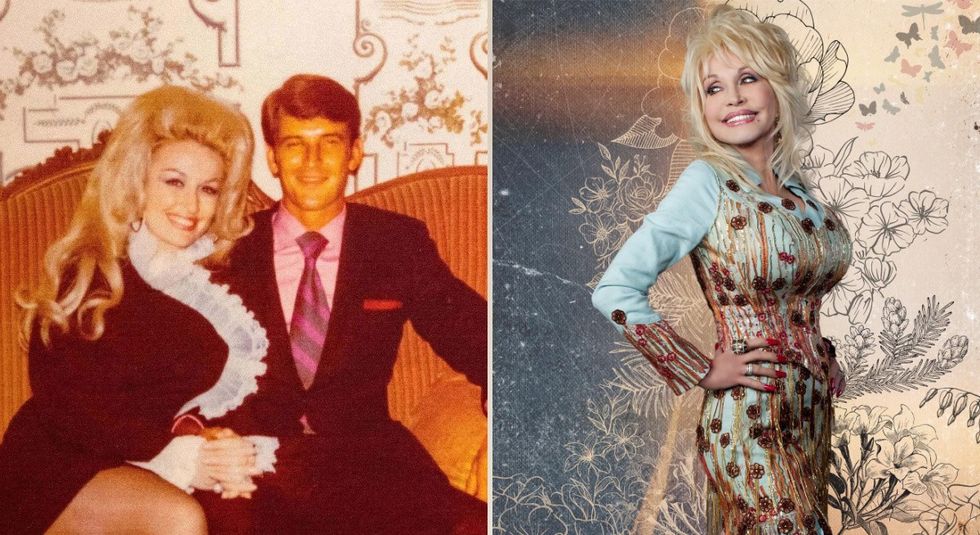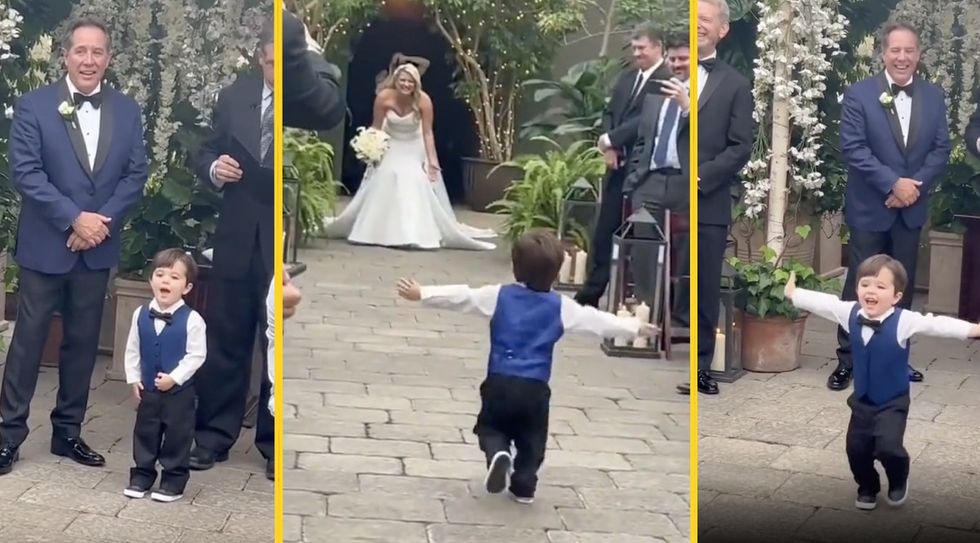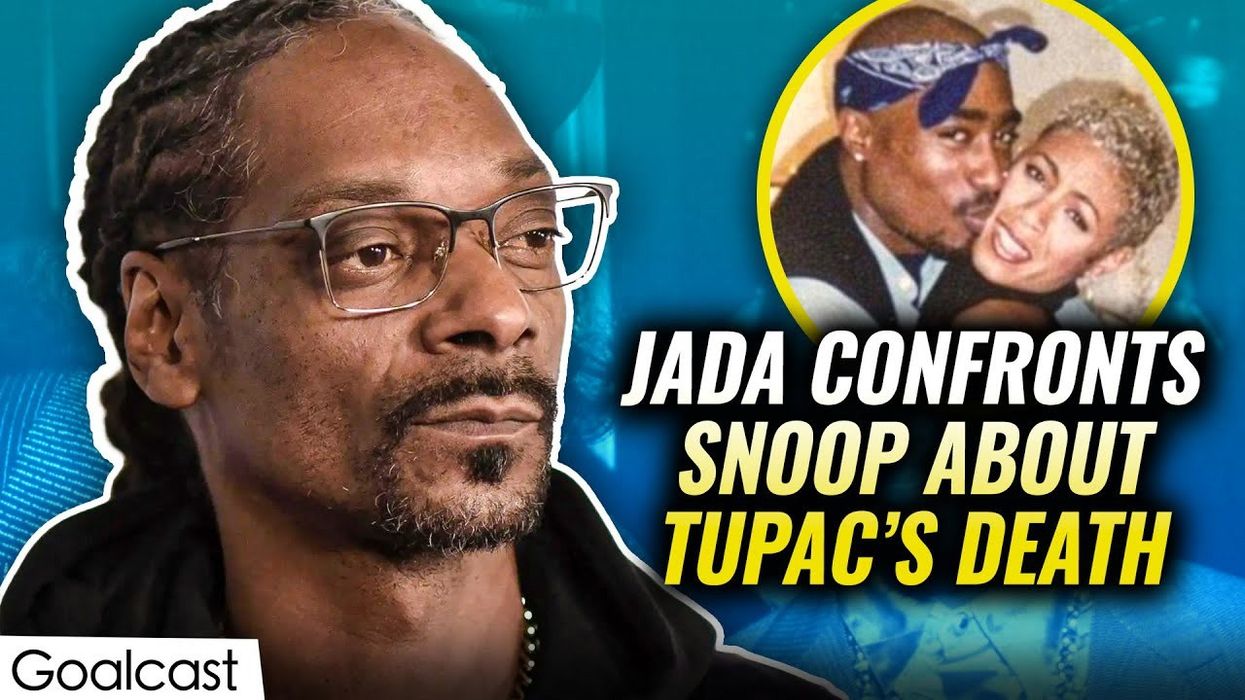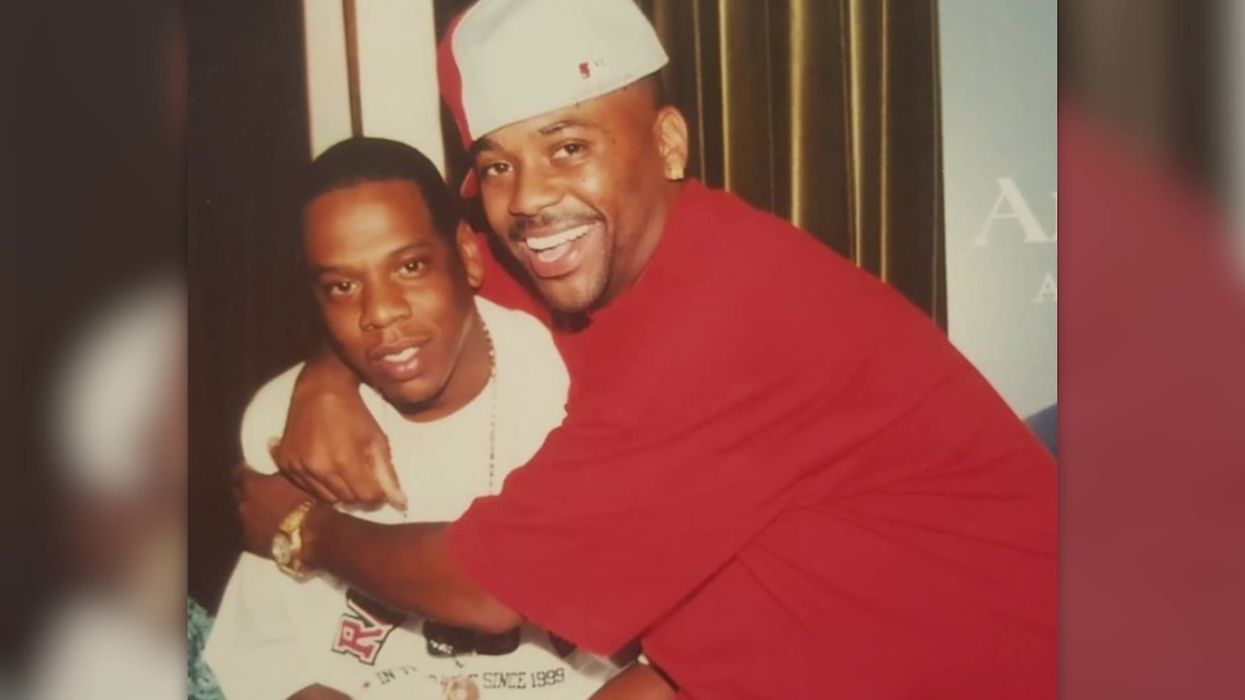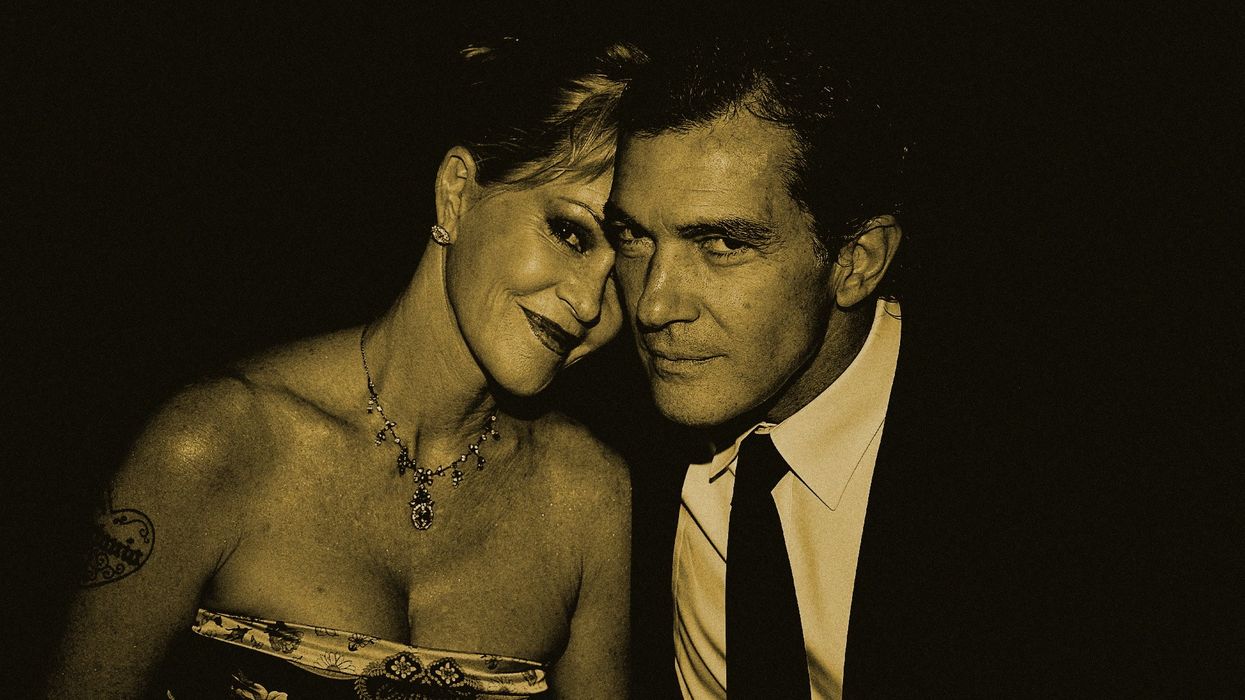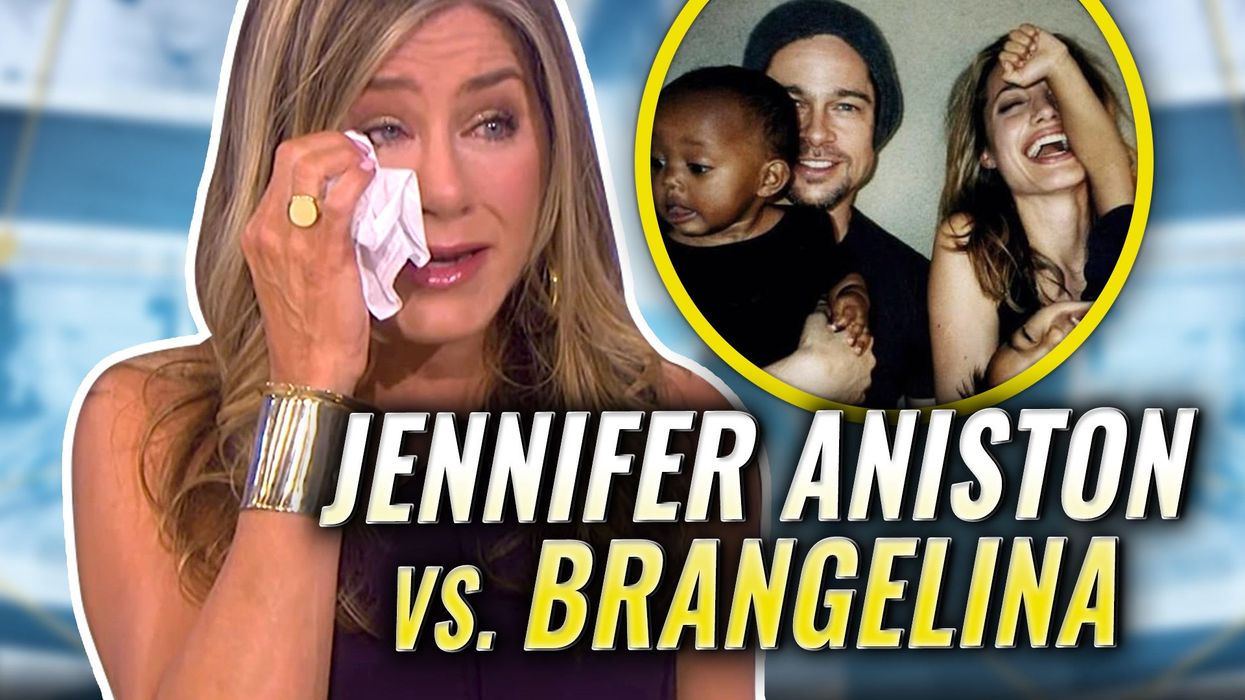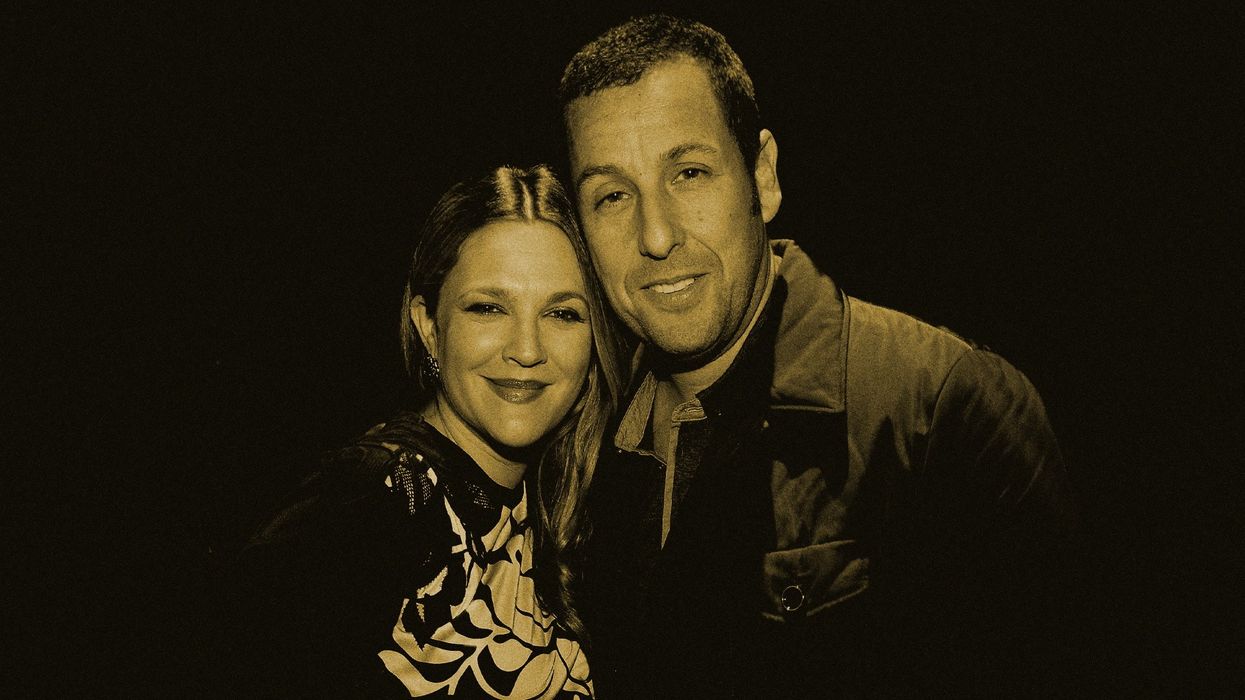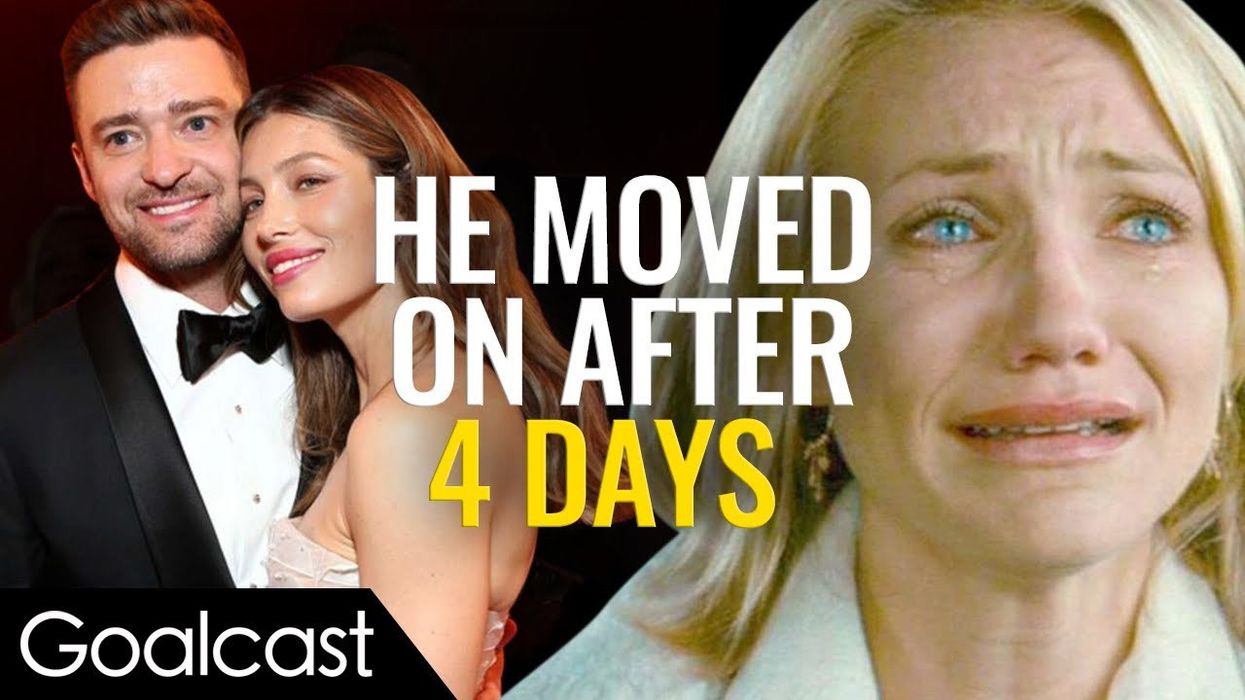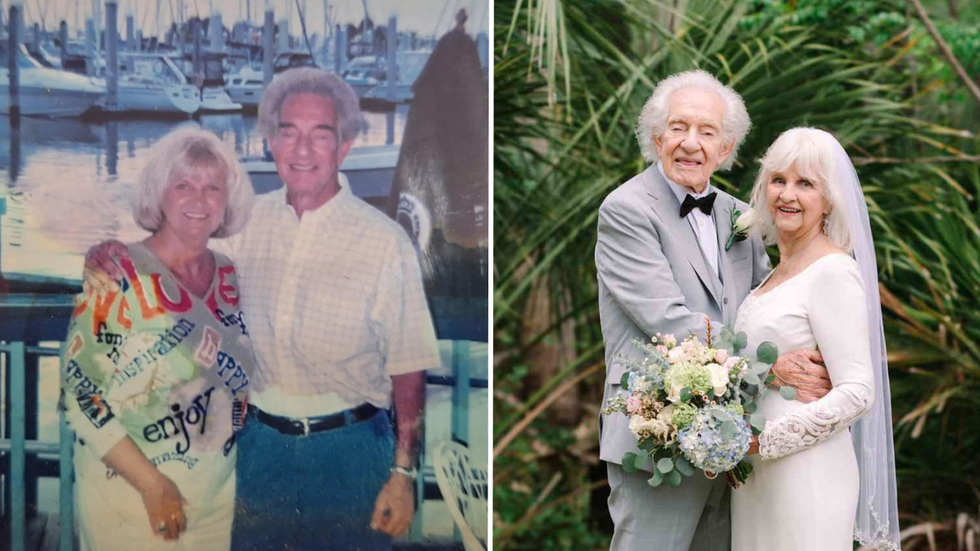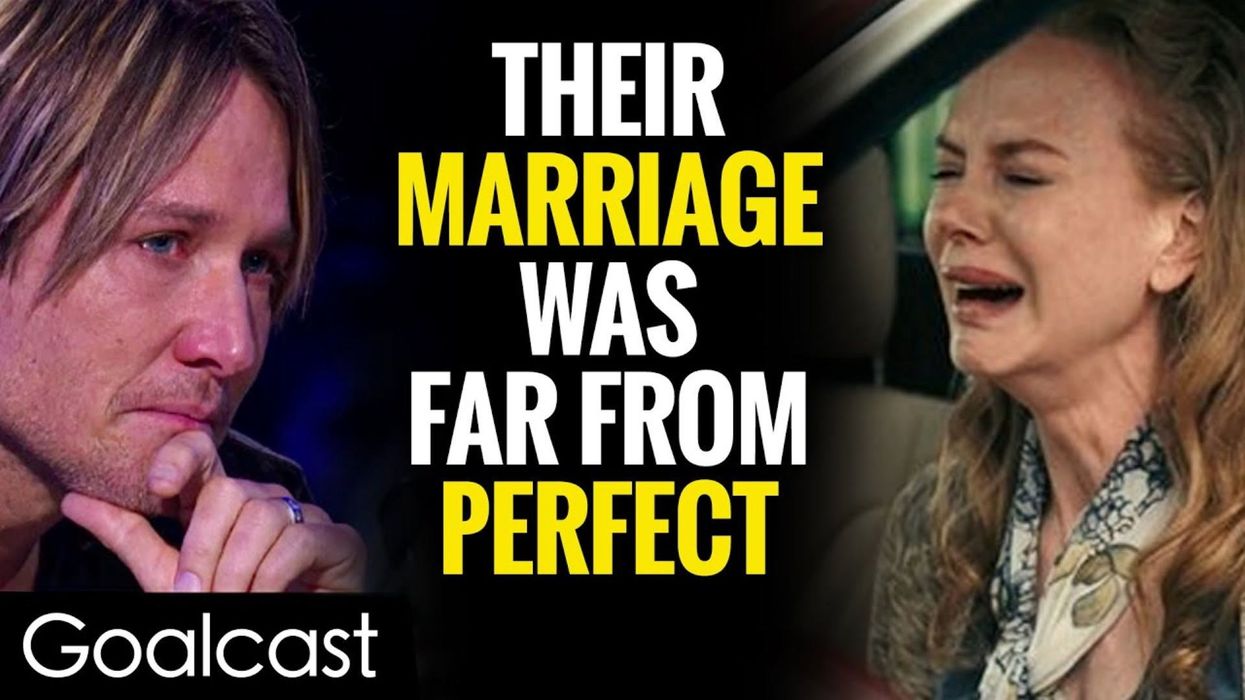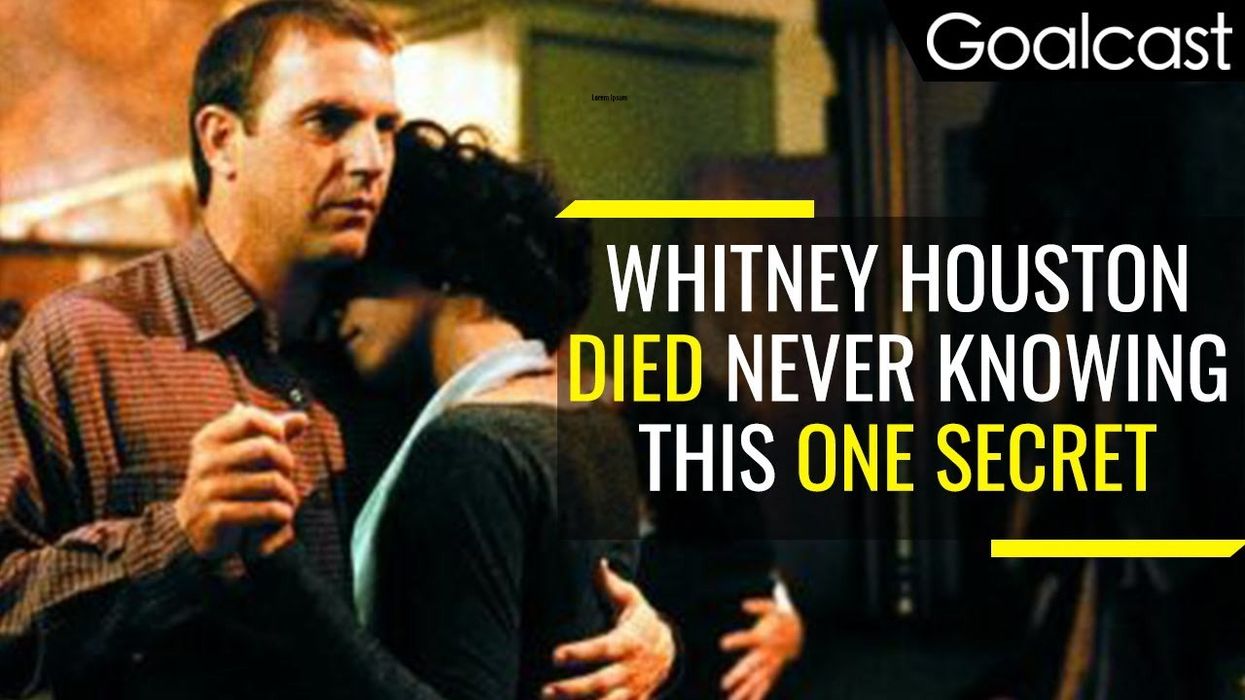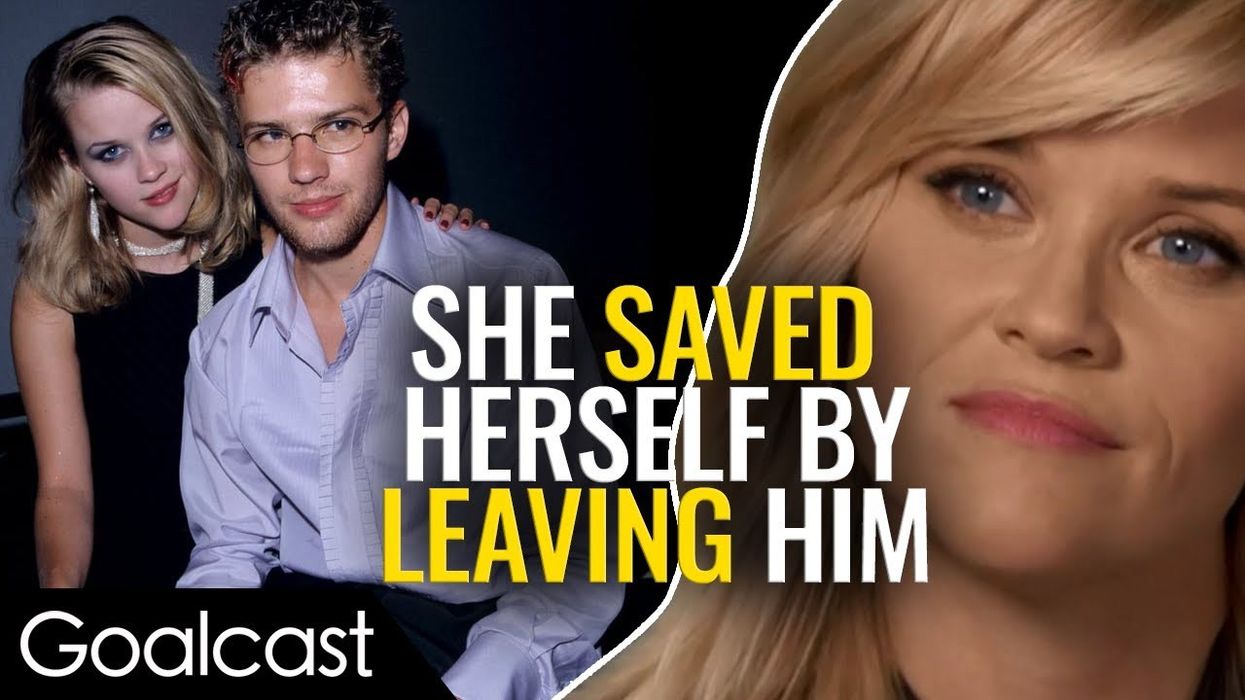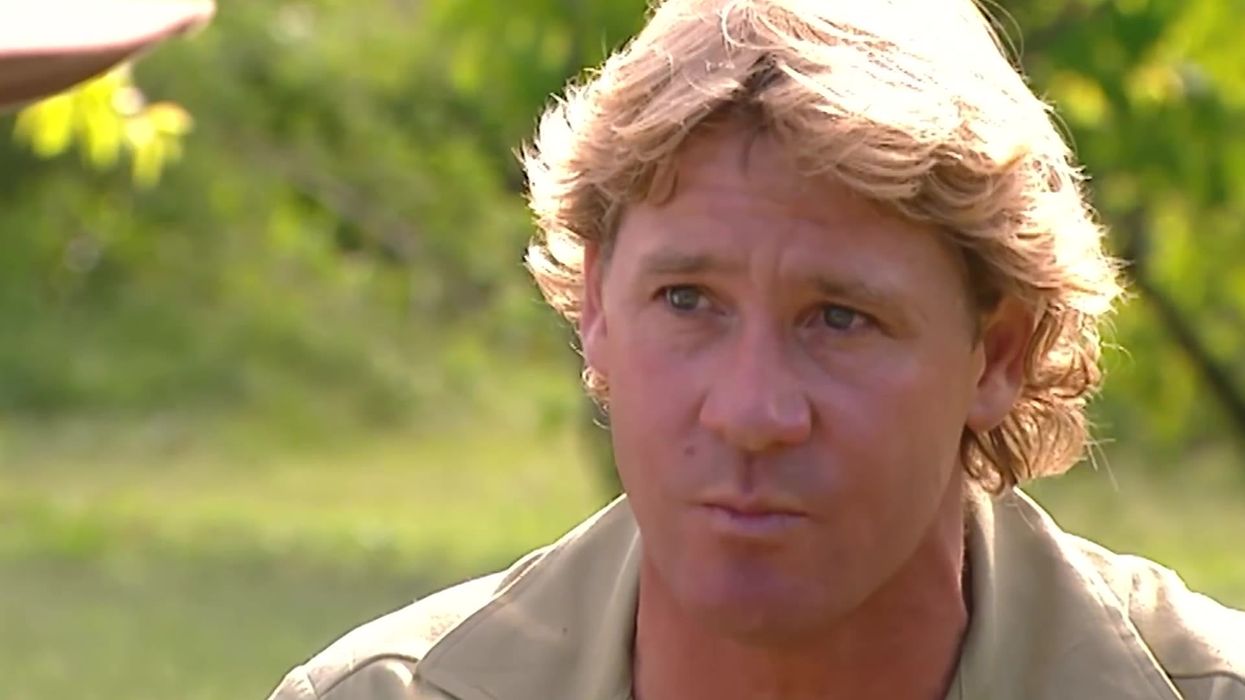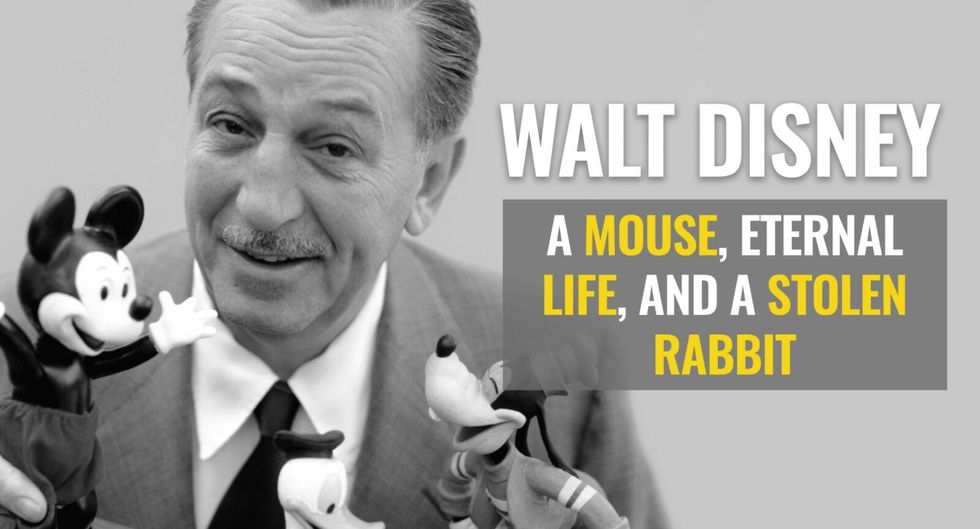
Walt Disney's Life Story: A Mouse, Eternal Life, and a Stolen Rabbit
Imagine the world without Walt Disney. A world where his beloved characters and songs never shaped your dreams, where magic and visual storytelling never sparked your imagination, and where no whimsical theme parks ever delighted your childhood fantasies.
Walt Disney and his works are nothing less than legendary. From pioneering animations to spellbinding theme parks, his unparalleled vision continues to inspire generation after generation. People of all ages all around the world have been touched by Walt Disney's legacy - which didn't come easily for this innovative animator and persistent entrepreneur.
Walt Disney's life story shows no traces of dumb luck or free passes. Instead, it begins with a hard-working paperboy and ends with a humble film producer, who marked history once again while daydreaming on a park bench.
Top Walt Disney Quotes to Awaken the Dreamer in You
All our dreams can come true, if we have the courage to pursue them.
That's the real trouble with the world. Too many people grow up.
Early life with a love for art
On December 5th, 1901, Walter Elias Disney was born in a small neighborhood in Chicago. He was one of five children of Irish, Canadian, German, and American descent.
When Walt was four years old, his family moved to Marceline, Missouri, where his artistic talent was sparked by a neighborhood doctor who asked him to draw his horse. Young Walt instantly fell in love with art and intently developed his skills by copying the cartoons in his father's newspaper. At seven years old, Walt decided to help his struggling family by selling his drawings to neighbors and family friends.
At school, Walt Disney was rather inattentive. His teachers would often catch him daydreaming or doodling pictures of animals and nature. As he grew older, he picked up a knack for storytelling and would tell his classmates outlandish tales while illustrating on the chalkboard.
At ten years old, Walt and his family moved to Kansas City where his uncle employed him to sell snacks and newspapers along the railroad. Being amongst trains all summer induced Walt with a fascination for them, a passion which can still be seen in his theme parks today.
During the rest of the year, Walt would wake up at 4:30 every morning with his brother Roy to deliver the newspaper before school. They would make another paper round after school as well. The job was exhausting and Walt would often fall asleep in class, but he continued his paper route for more than six years to help his family.
The Army and a short-lived business
Walt Disney attended McKinley High School back in Chicago, where he drew patriotic pictures about WWI for the school newspaper. At night, he took illustration courses at the Chicago Academy of Fine Arts to broaden his skills.
At 16, a shy yet determined Walt Disney dropped out of high school and attempted to join the Army in their fight against the Germans. But he was rejected since he was still under the minimum age of 17. Nevertheless, Walt was insistent on joining, and so he tried again - this time enlisting for the Red Cross with a forged birth certificate. He was accepted and soon shipped to France where he spent the following year driving an ambulance.
For all the blood and grisly injuries Walt would face on a daily basis, he found comfort in dreaming up new cartoon characters for his future career as an artist. In his downtime, Walt would give life to his unrelenting imagination by drawing on the side of his ambulance, covering it with cartoons from stern to stern. Some of his work was even published in the army newspaper.
After his time in the Army had ended, Walt Disney returned to Kansas City at 18 years old with the goal of becoming a newspaper artist. His brother, Roy, got him a job at the Pesmen-Rubin Art Studio, where he met Ub Iwerks, a fellow cartoonist there.
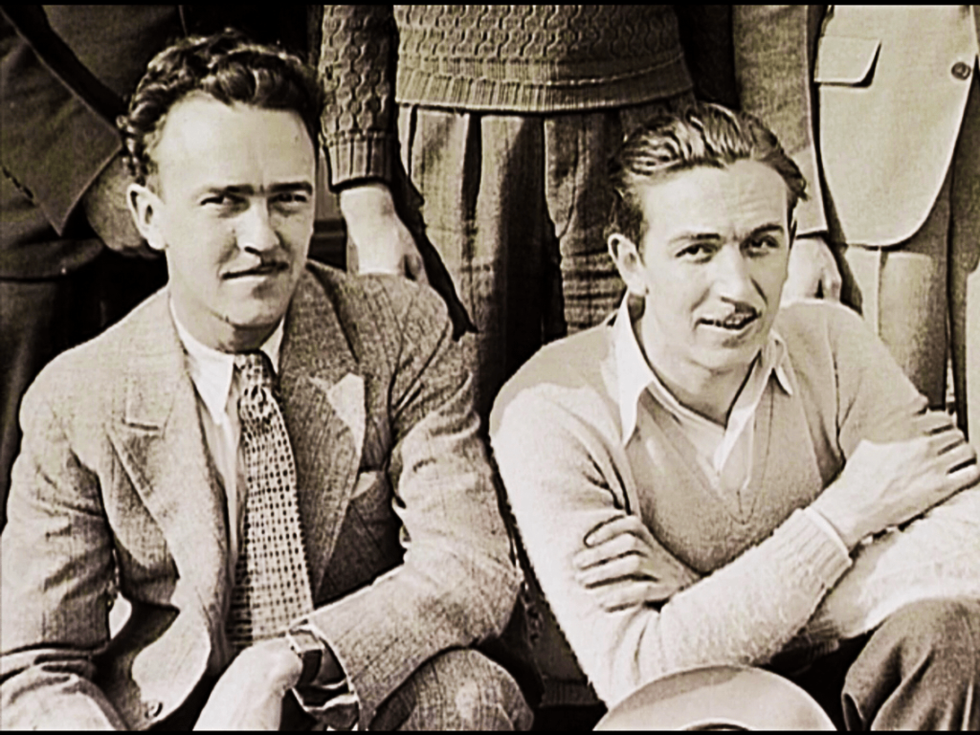
Not even a year had passed when a sharp decline in revenue pushed Walt Disney out of the job, the justification being "he lacked imagination".
This would have discouraged many aspiring artists, but not Walt Disney. With unwavering optimism and the support of his new friend Ub, Walt opened his very first business. Together, they formed Iwerks-Disney Commercial Artists.
Sadly, they failed to attract enough customers and the business went under after only a month. Walt was dismayed, but far from ready to quit on his dream.
All of my obstacles have strengthened me. You may not realize it when it happens, but a kick in the teeth may be the best thing in the world for you- Walt Disney
First commercial success and bankruptcy
As determined as Walt Disney was to achieve his goals, no amount of belief was going to get him anywhere without the money to fund it. So he got a job at the Kansas City Film Ad Company, where he produced short films using cutout animation.
Meanwhile, at home, Walt began to experiment with a different animation technique using a borrowed camera and book. Later on, he tried to convince the ad agency to adopt this new technique - but was unsuccessful.
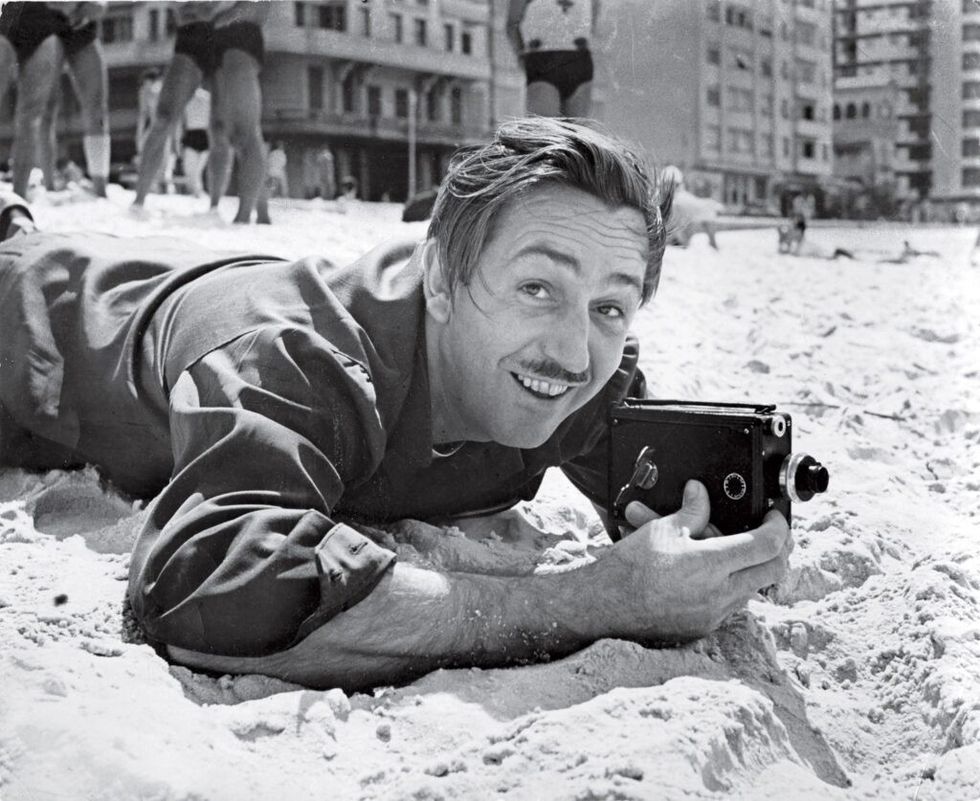
Walt Disney soon decided it was time to quit talking and start doing, so he left the agency and opened his second business. Walt, Ub and a handful of animators would work long hours to produce short cartoons called Laugh-O-Grams.
These seven-minute animations of modernized fairytales were shown at the local theater, attracting enough attention and popularity to keep their business afloat. Although funding soon began to decline, which pushed Walt Disney to work on the story of a live-action girl called Alice exploring an animated wonderland.
Before he could finish it, his company went bankrupt and he was, once again, left with close to nothing.
At 22 years old and already with two failed business ventures under his belt, Walt felt the only way he would succeed is if he believed in his dream implicitly and unquestionably. He then packed his suitcase - never leaving behind his favorite canned chili - and made the trip to Hollywood. A whole new chapter of his life was about to begin.
A stolen rabbit and an optimistic mouse
Walt met up with his brother, Roy, who had just overcome tuberculosis. They pooled their money to set up shop in their uncle's garage in Hollywood. There, Walt dogged studios day after day in an effort to sell his Alice in Cartoonland series. He was rejected time and time again, until he heard from Margaret J. Winkler, a New York cartoon distributor looking for a fresh series.
Walt and Roy were equally ecstatic and moved their operation to a rented room at the back of a real estate office. Walt took charge of animation while Roy operated a second-hand camera. They then hired two girls to ink and paint the celluloids. The rental was small and they lacked employees, but the front door proudly read "Disney Bros. Studio", and that's all the incentive Walt needed.
Walt Disney's series on Alice was well-received, which allowed the studio to hire more animators. His first hires included his friend Ub Iwerks and an inker who Walt would later marry. Their studio went on to create more animated shorts, and later gave life to a chipper, venturesome character called Oswald the Lucky Rabbit.
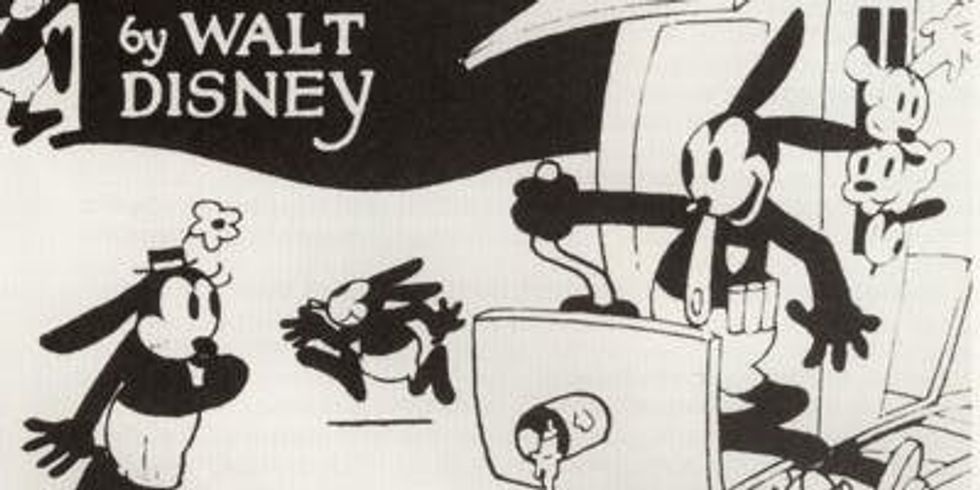
Things were going seemingly well for the studio. Although five years later, Walt attempted to negotiate a higher fee for the Oswald series, only to find their distributor actually wanted to reduce their fee. It turned out that Winkler and her husband had poached Walt's best employees and made them their own. He also discovered that they had stolen the rights to Oswald the Lucky Rabbit. He was now faced with the ultimatum of accepting a reduced fee for his work or leaving the studio. Walt chose to leave, along with his loyal animator Ub.
Now at 27 years old, a disillusioned Walt Disney stared blankly out the window while on a train to Hollywood. Disaster seemed right around the corner for his company, but an idea was forming in his restless mind. Walt dug around for his notepad and fervently sketched his idea on paper. The result was Mortimer the Mouse, later baptized as "Mickey" by Walt's wife. This character was special. He was more human, adventurous, and hugely optimistic - much like Walt Disney himself. He rushed his rather bad sketch over to Ub, who refined Mickey's appearance while Walt worked on defining his character. Walt's team was on board with this new cartoon, but would the audience like him?
Snow White and the "ruin of Disney"
Mickey Mouse first appeared in Plane Crazy and The Gallopin' Gaucho, two silent films which failed to find distribution. But Walt was used to failure by now and knew better than to roll over. He and his team decided to integrate syncronized sound into a third short, called Steamboat Willie. With Ub in charge of animation and Walt lending his own voice as Mickey's - the first ever sound cartoon hit the NY Colon Theater in 1928.
It became an instant sensation. The reviews were beyond glowing and plans of Mickey merchandise began to bloom.
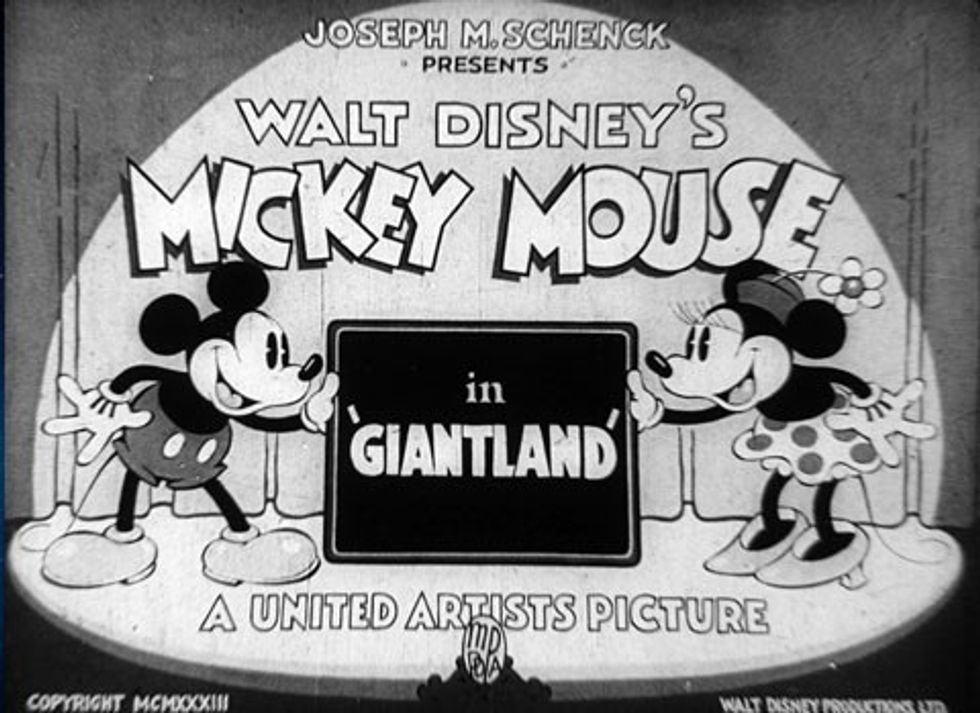
Soon enough, film studios began to line up with all sorts of deals for Walt. From experience, he never sold the rights to his prized Mickey. Along with his passionate team, Walt formed Disney Studios and went on to create a series of sound cartoons. Gradually, their humorous animations and lovable characters flickered across televisions all over the country.
Six years and many successful animations later, Walt Disney continued to push the limits of animation by announcing his first full-length feature film Snow White and the Seven Dwarfs. Everyone thought it was a terrible idea. His wife and brother tried to talk him out of it, but Walt took out multiple bank loans and spent the next three years producing his vision. His very own team thought the film would "ruin Disney Studios".
Yet Walt Disney persevered, and in 1937, the film became the most successful motion picture of the year. It won dozens of awards and turned enough profit to pay off every bank loan and then some.
Materializing magic and creating a legacy
For years onward, Disney Studios completed a string of popular animated films and introduced countless iconic characters. But Walt was a well-known 'workaholic dreamer' and his mind was brimming with even more ambitious ideas.
On one particular Saturday with his daughters, Walt sat on a park bench eating peanuts while his girls played on the merry-go-round. As he watched them, he began to daydream of a place where parents and children could have fun together. His plans for a theme park began to hatch. It would be unlike any other, where people of all ages could explore and revel in fantastical experiences.
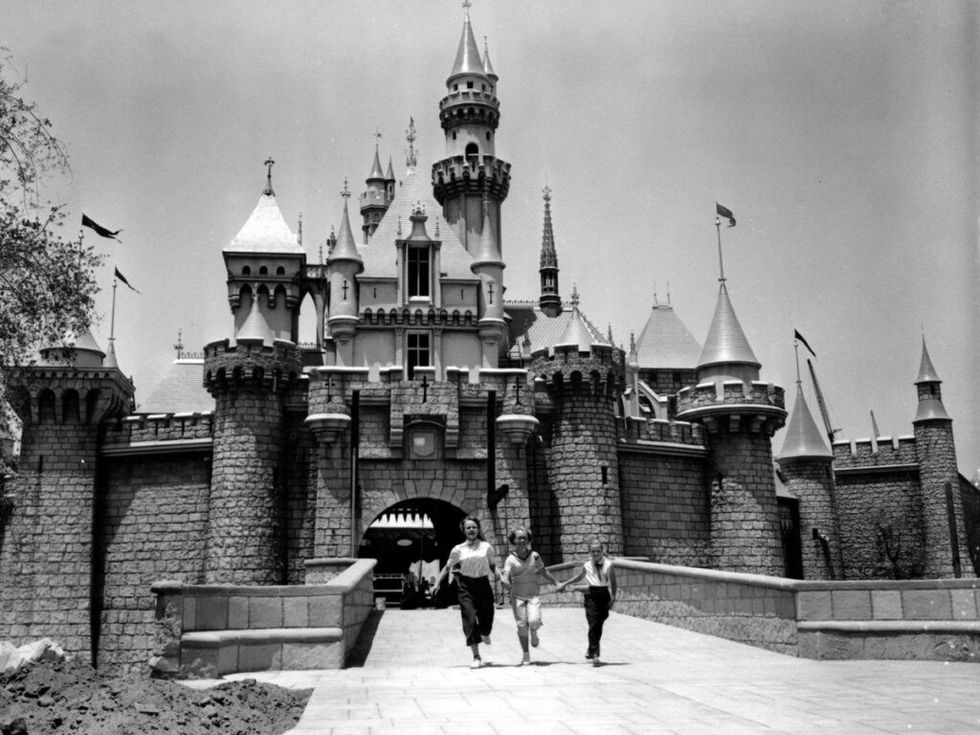
In 1954, the first Disneyland opened its doors to thousands of awaiting public. Despite the counterfeit tickets and abounding technical difficulties, Disneyland was an instant success and became known as a truly magical place.
Now over 50 years old, Walt Disney had finally made his wildest dreams come true. His animation companies were flourishing, his characters were loved by many, and his productions were crossing borders into other countries. He had successfully transformed the entertainment industry and delighted people of all ages with his extraordinary vision.
It wasn't long before Walt began plans for a new theme park. Sadly, before construction was complete, his life-long habit of chain-smoking had finally caught up with him. In 1966, Walt Disney passed away from lung cancer. Although his unfinished venture was not lost. His brother Roy continued working on the theme park which opened in 1971, under the name Walt Disney World.
Regardless of how many years have passed since his death, Walt Disney continues to live on as a central figure in the history of animation.
Although his reputation has changed over the years, he remains known as a national treasure for the U.S. and a cultural influencer worldwide. Thanks to his vision and unfailing pursuit of his dreams, Walt's legacy now transcends generations with memorable characters and influential films. His impressive record of 22 Academy Awards is one that has yet to be beaten.
If Walt Disney were alive today, he would warmly reassure you that - from experience - there is no direct path to success. That your accomplishments depend almost solely on your dedication and willingness to persevere. He would also tell you that sometimes, the key lies within your most unexpected daydreams. If you can dream it, you can do it.
All our dreams can come true, if we have the courage to pursue them.- Walt Disney













